When Jesca Daniels first met Aura, she wasn’t sure how things would work out. Aura, a retired Military dog, had worked with—and been injured alongside—Daniels’ Marine husband, who was going to be away for a year. “They were thick as thieves,” says Daniels, “but I wasn’t sure how Aura would take to our family when my husband wasn’t around.” She began to visit Aura before the dog came home with them—and by the second visit, “Aura buried her head in my chest and I knew we would be great,” Daniels remembers. “When she came home, she jumped right up on the couch and snuggled with my girls. The rest is history.”
Paws On The Ground
Military dogs are, in both literal and figurative ways, their own breed. As of 2015, some 2,500 dogs were in service with the U.S. Military; about 700 were deployed overseas. While the most common breed used in the Military today is the Malinois (which is slightly smaller than a German Shepherd), hero dogs have come in all breeds and sizes.
Take Sergeant Stubby. Back in World War I, this stray, mixed-breed terrier made his mark: He was excellent at sniffing out poison-gas attacks early, and he was lauded for catching a German spy and tracking down wounded Soldiers. (He’s also the subject of a 2018 animated movie!)
Fostering And Adopting Military Dogs
Today, at San Antonio’s Lackland Air Force Base, there stands a monument to these brave Military working dogs (MWDs). Lackland is also where many dogs are bred and trained for future Service. Local foster families—who must live within two hours of the base and have a six-foot-high fence, among other requirements—provide homes for puppies that may qualify to become working dogs.
MWDs typically have long careers, until age or injuries dictate that it’s time for them to retire from the Military—perhaps into a law-enforcement job or a loving home. These dogs are often adopted by their Military handlers, who are given first preference, followed by other Military personnel and then civilian families.
Loving A Working Dog
Anyone who adopts a MWD must sign an agreement committing to care for the dog for the rest of its retirement. But they need to be ready for an adjustment period. “These animals require time, commitment, training, security and understanding,” says Tracy Cann, a Breeding Program and Foster Consultant at Lackland, who has adopted 11 dogs over the years.
Cann says she has one 12-year-old dog right now that still has a tendency to go into “working” mode. “He recently tried to disassemble a large ATV, and some time ago he decided to remove all the window screens from the house,” she says with affection. “We adore him and he’s a great dog, but he is what he is—a working dog.”
Jesca Daniels attests that Aura has her own battle scars—but that’s part of why the family loves her. “Aura and my husband were injured together, so she has some anxiety when it comes to loud sounds—fireworks, thunderstorms and the like tend to scare her a bit,” says Daniels. “But she definitely has a level of discipline you don’t see in everyday pets, and she’s a big part of our family now.”
Since 1936, GEICO has been proud to serve and honor U.S. Military personnel. If you’re Active Duty, Retired, Reserve, or National Guard, go to geico.com/military to find out all the ways GEICO is here to help you.
Read More: You Know You’re In A Military Family When…
By Katrina Brown Hunt

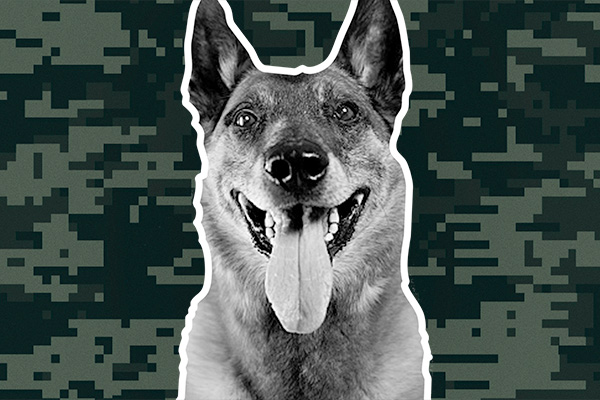


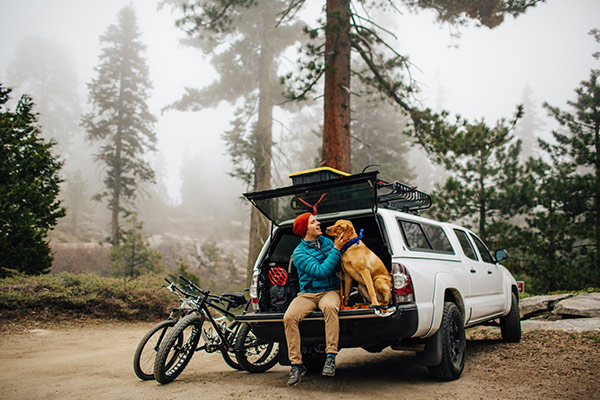
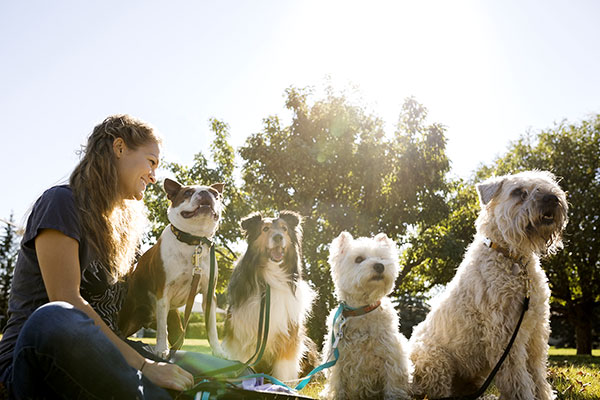
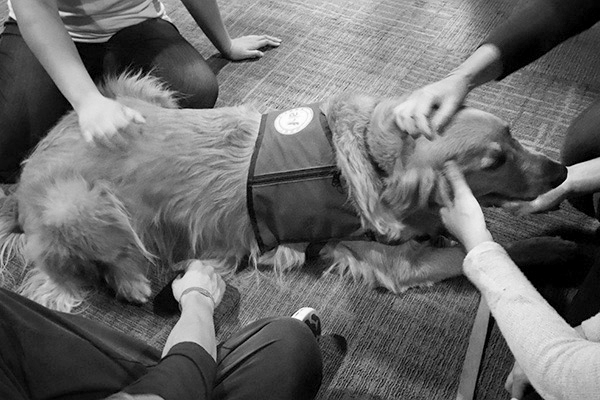

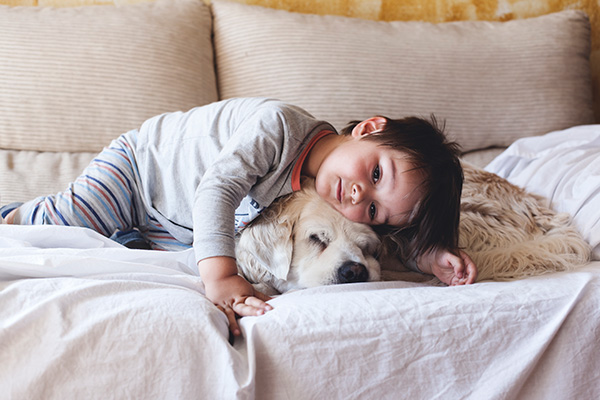
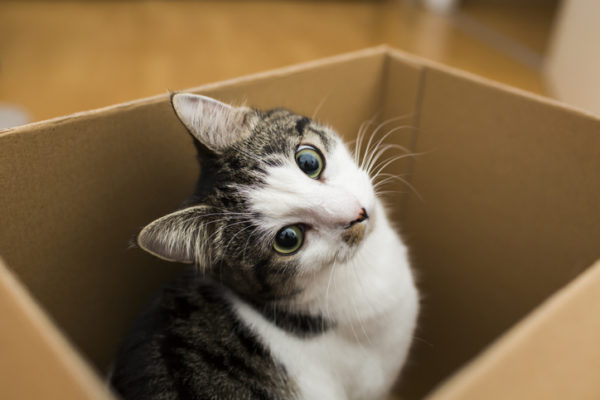
Sybil Sayles says,
These animals are so loving Beautiful and sweet.